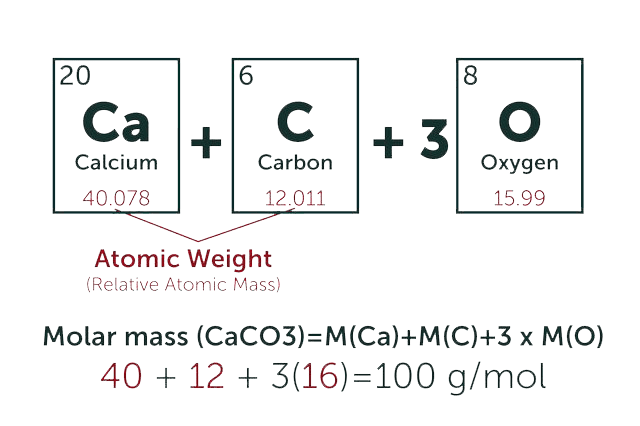Gramicidin A
* Please be kindly noted products are not for therapeutic use. We do not sell to patients.

| Category | Antibiotics |
| Catalog number | BBF-01801 |
| CAS | 11029-61-1 |
| Molecular Weight | 1882.29 |
| Molecular Formula | C99H140N20O17 |
| Purity | ≥90% |
Online Inquiry
Capabilities & Facilities
Fermentation Lab
4 R&D and scale-up labs
2 Preparative purification labs
Fermentation Plant
Semi pilot, pilot and industrial plant 4 Manufacturing sites 7 Production lines at pilot scale 100+ Reactors of 30-4000 L; 170+ reactors of 20 KL-30 KL; 24+ reactors of >100 KL 2 Hydrogenation reactors (200 L, 4Mpa and 1000L, 4Mpa)
Product Description
It is produced by the strain of Bacillus brevis. It mainly has anti-gram-positive bacterial activity, and also has effects on Naisseria. LD50 is 0.017 mg/kg (mice, intravenous injection).
- Specification
- Properties
- Reference Reading
- Price Product List
| Synonyms | Valinegramicidin A; Valyl gramicidin A; 1-L-Valinegramicidin A; L-Tryptophanamide, N-formyl-L-valylglycyl-L-alanyl-D-leucyl-L-alanyl-D-valyl-L-valyl-D-valyl-L-tryptophyl-D-leucyl-L-tryptophyl-D-leucyl-L-tryptophyl-D-leucyl-N-(2-hydroxyethyl)- |
| Sequence | VGALAVVVWLWLWLW |
| Storage | 2-8 °C |
| IUPAC Name | (2R)-2-[[(2S)-2-[[2-[[(2S)-2-formamido-3-methylbutanoyl]amino]acetyl]amino]propanoyl]amino]-N-[(2S)-1-[[(2R)-1-[[(2S)-1-[[(2R)-1-[[(2S)-1-[[(2R)-1-[[(2S)-1-[[(2R)-1-[[(2S)-1-[[(2R)-1-[[(2S)-1-(2-hydroxyethylamino)-3-(1H-indol-3-yl)-1-oxopropan-2-yl]amino]-4-methyl-1-oxopentan-2-yl]amino]-3-(1H-indol-3-yl)-1-oxopropan-2-yl]amino]-4-methyl-1-oxopentan-2-yl]amino]-3-(1H-indol-3-yl)-1-oxopropan-2-yl]amino]-4-methyl-1-oxopentan-2-yl]amino]-3-(1H-indol-3-yl)-1-oxopropan-2-yl]amino]-3-methyl-1-oxobutan-2-yl]amino]-3-methyl-1-oxobutan-2-yl]amino]-3-methyl-1-oxobutan-2-yl]amino]-1-oxopropan-2-yl]-4-methylpentanamide |
| Canonical SMILES | CC(C)CC(C(=O)NC(C)C(=O)NC(C(C)C)C(=O)NC(C(C)C)C(=O)NC(C(C)C)C(=O)NC(CC1=CNC2=CC=CC=C21)C(=O)NC(CC(C)C)C(=O)NC(CC3=CNC4=CC=CC=C43)C(=O)NC(CC(C)C)C(=O)NC(CC5=CNC6=CC=CC=C65)C(=O)NC(CC(C)C)C(=O)NC(CC7=CNC8=CC=CC=C87)C(=O)NCCO)NC(=O)C(C)NC(=O)CNC(=O)C(C(C)C)NC=O |
| InChI | InChI=1S/C99H140N20O17/c1-51(2)37-73(109-86(123)59(17)107-81(122)49-105-96(133)82(55(9)10)106-50-121)89(126)108-60(18)87(124)117-84(57(13)14)98(135)119-85(58(15)16)99(136)118-83(56(11)12)97(134)116-80(44-64-48-104-72-34-26-22-30-68(64)72)95(132)112-76(40-54(7)8)92(129)115-79(43-63-47-103-71-33-25-21-29-67(63)71)94(131)111-75(39-53(5)6)91(128)114-78(42-62-46-102-70-32-24-20-28-66(62)70)93(130)110-74(38-52(3)4)90(127)113-77(88(125)100-35-36-120)41-61-45-101-69-31-23-19-27-65(61)69/h19-34,45-48,50-60,73-80,82-85,101-104,120H,35-44,49H2,1-18H3,(H,100,125)(H,105,133)(H,106,121)(H,107,122)(H,108,126)(H,109,123)(H,110,130)(H,111,131)(H,112,132)(H,113,127)(H,114,128)(H,115,129)(H,116,134)(H,117,124)(H,118,136)(H,119,135)/t59-,60-,73+,74+,75+,76+,77-,78-,79-,80-,82-,83+,84+,85-/m0/s1 |
| InChI Key | ZWCXYZRRTRDGQE-LUPIJMBPSA-N |
| Appearance | White to Off-White Solid |
| Antibiotic Activity Spectrum | Gram-positive bacteria |
| Melting Point | 229-230 °C (dec.) |
| Solubility | Soluble in low Alcohol, Dioxane, Acetone; Insoluble in Water |
| BBF-00664 | Alternariol | Inquiry |
| BBF-05806 | Zeaxanthin | Inquiry |
| BBF-00569 | Aspoxicillin | Inquiry |
| BBF-00741 | Cefroxadine | Inquiry |
| BBF-01738 | Coronatine | Inquiry |
| BBF-05728 | Maytansinol | Inquiry |
Bio Calculators
Concentration (start) x Volume (start) = Concentration (final) x Volume (final)
It is commonly abbreviated as: C1V1 = C2V2


